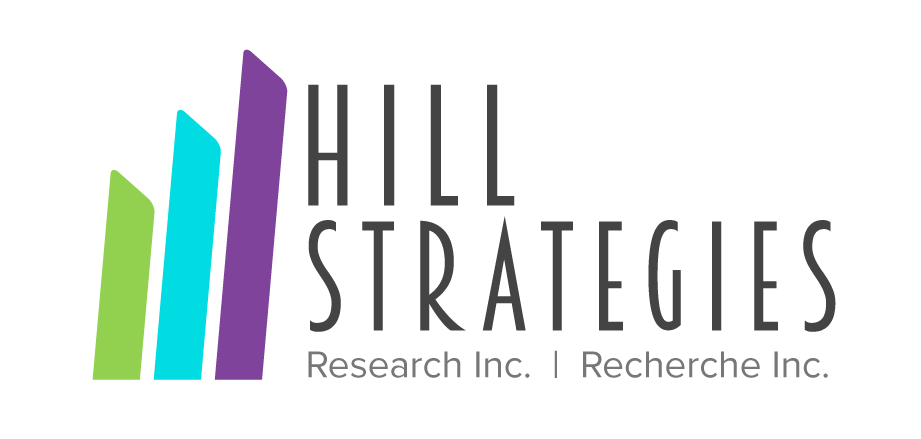Building a Resilient Sector
An Attempt to Debunk Myths around Innovation and Identify How Grantmakers Can Support Adaptive Change
Issue
Arts management and fundingArticle Link
http://www.giarts.org/article/building-resilient-sectorBased on his consulting experience with many American arts organizations, the author of this opinion piece outlines myths and realities about innovation in not-for-profit arts organizations. For the author, “innovation is a newly emerging, organization-wide discipline, the most far-reaching new set of capacities arts organizations can learn, and the most powerful new discipline to enter our field since the advent of strategic planning in the 1970s”.
The 10 myths and realities are:
- Myth #1: “Innovation is a grantmaking fad and only relevant for some organizations.”
- Reality: “To innovate means to develop creative ideas into feasible strategies that organizations can actually implement.”
- Myth #2: “Innovation is primarily about sexy new products.”
- Reality: “Innovation is first and foremost a process, a way of creating the conditions for emergent behavior, for ‘next practices’ to be realized.”
- Myth #3: “Innovation means adding a new engagement program, or whatever.”
- Reality: “A stronger focus on resilience is what is really needed…. Letting go is at the core of innovation.”
- Myth #4: Organizations can innovate using their current structures and staffing.
- Reality: “Unless you change the way your organization is structured, and the way you work, you are unlikely to be able to sustain significantly different relationships outside the organization.”
- Myth #5: “Worthwhile innovations will take off in the field through replicating specific new programs or products.”
- Reality: “Solutions are developing locally, in forms that are uniquely attuned to community needs and organizational conditions.” Rather than “fail-safe design”, we should aim for “safe-fail experimentation”.
- Myth #6: “New money alone will deliver innovation.”
- Reality: “What is required for adaptive change is a carefully structured framework that blends process facilitation with phased financial investment.” Currently, adaptive change in the arts is slow, with many innovations condemned to be “dworphans”: dwarfish in size and orphaned from the organizational mainstream.
- Myth #7: Organizations can innovate if they focus on best practices and make use of some technical assistance.
- Reality: In complex situations (like the challenges of innovation in an arts organization), the “most useful response is to create the conditions for next practices to emerge. This means probing, questioning, and experimenting to find the way forward.”
- Myth #8: “Conflicts around vision, goals, and direction should be minimized.”
- Reality: “Productively managing sustained conflict is at the core of adaptive work.” However, “the capacities relating to conflict management typically rate among the least developed in arts organizations”.
- Myth #9: Organizations can innovate by gathering their “usual suspects” to do some brainstorming.
- Reality: A non-traditional team composed of staff, artists, trustees, and a number of outsiders “offers a mix of divergent perspectives that holds the greatest hope for effectively perturbing the organizational culture so that … genuinely new pathways to the future begin to appear”.
- Myth #10: Organizations are too fragile, and there is too much at stake for them to take such risks.
- Reality: Innovation should be considered a core competency that should form part of an arts organization’s strengths. Innovation can be expressed through “small experiments with radical intent”. Substantial organizational flexibility is required “to generate a more adaptive organizational culture”.
The author outlines three phases of innovation: 1) project design, research, and initial small experiments; 2) subjecting a limited number of promising strategies to repeated prototyping; and 3) scaling up of an emerging practice. The third phase is when the largest financial investment is required.
The author cites a Kellogg Foundation report on Intentional Innovation (http://www.wkkf.org/resource-directory/resource/2008/09/intentional-innovation-full-report) that concluded that “every non-profit should make innovation part of its core competencies”. For many organizations, innovation will require a shift in values and identity. In the case of grantmakers, the author argues that new strategies must be found for the new context of adaptation and innovation.




